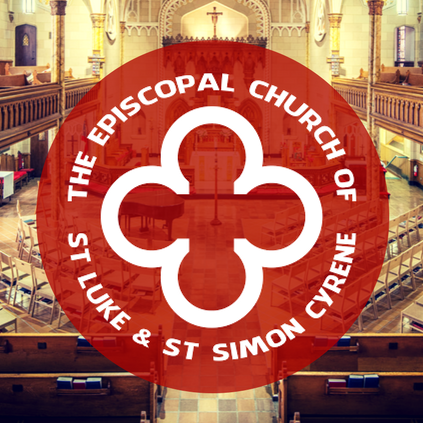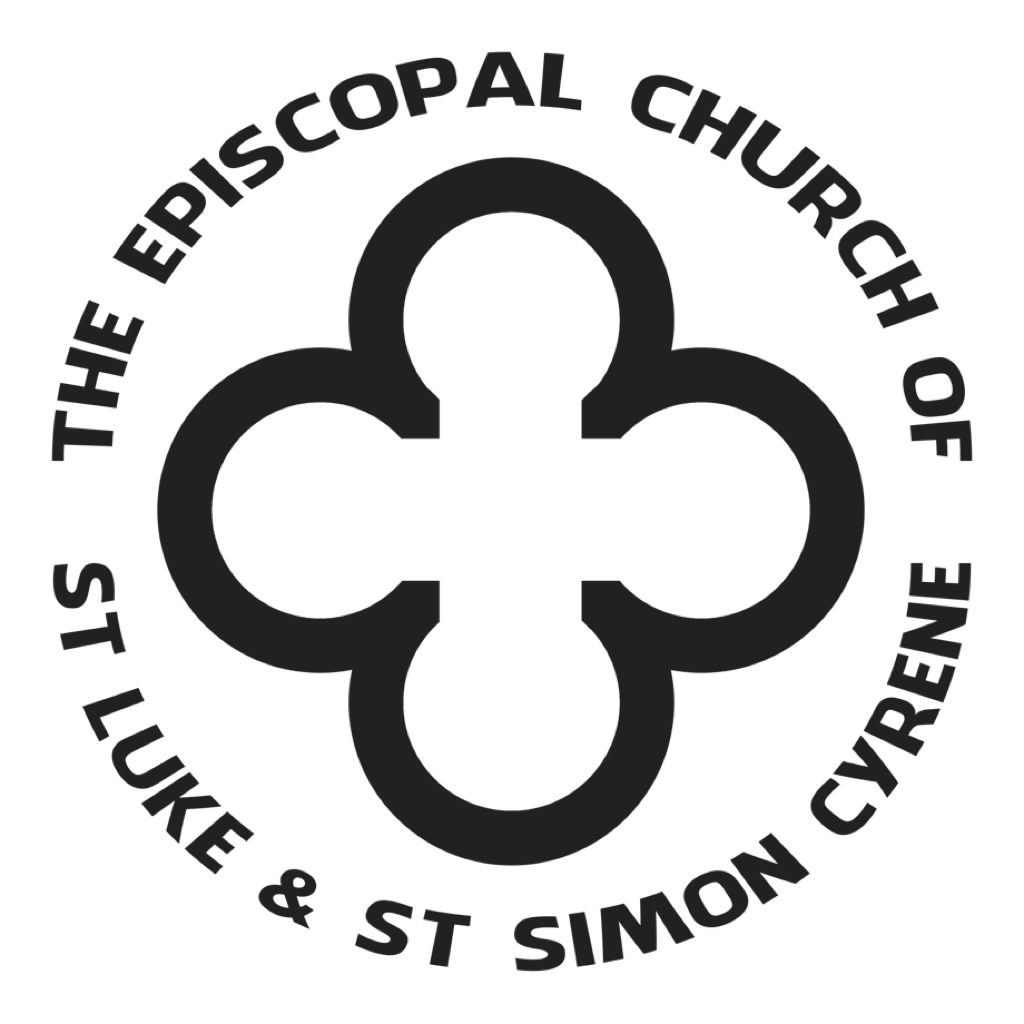
Liturgical Seasons
The church year is like a circle. Circles have no beginning or end, so they are a fitting symbol for eternity. The church has no beginning or end and is eternal until Jesus comes again.
Like the Joni Mitchell song says: And the seasons they go round and round And the painted ponies go up and down We're captive on the carousel of time We can't return we can only look behind From where we came And go round and round and round In the circle game
Advent is the beginning of the church year.
"Advent is a time of waiting, preparation, and expectation. Like the winter season, it is a time of deepening darkness, when we contemplate shadows and silence even as we wait for the dawning of the light from on high, Jesus. " From "Walk in Love: Episcopal Beliefs and Practices"
Two Saints uses a Advent Wreath or a unique arrangement of candles and evergreens to help count down the four weeks leading up to Christmas.
Christmas
The Christmas Season begins with the Feast of the Nativity of our Lord aka Christmas Day. Our consumer culture thinks Christmas is only one day. The Christmas Season is twelve days long ending on January 5th.
Epiphany
You may call them the Three Kings, the Wise Men, or the Magi; the Feast of the Epiphany on January 6th celebrates their arrival. This season lasts until Ah Wednesday. During Epiphany, we remember the manifestation or appearance of Jesus to the world and us. In the Season of the Epiphany, we hear scripture readings about Jesus being the light of the world and how we can be a light too.
Lent
Lent is the season of the church year when we adopt a more introspective tone in our worship. We take an inventory of our lives. We weigh the cost of our actions. We stop to listen to the questions that live within us.
Easter
The Easter season begins with an ancient tradition from the Easter vigil, the lighting of the “new fire.” Traditionally, all fires go dead on Good Friday. On Easter, a new fire is kindled. From the new fire, the Easter or Paschal Candle is lit and then brought to the front of the church, where it burns brightly for the fifty days of Easter.
Easter Sunday begins a festival season of celebration. Easter white replaces the purple of Lent. The sound of Alleluia now is heard. The somber tone of Lent gives way to the new life of Easter.
The Day of Pentecost
On this important feast day of the church we celebrate the outpouring of the Holy Spirit and the ongoing life of the Holy Spirit in the church today. The feast of Pentecost is the last day of the Easter season, and is celebrated ten days after the Ascension, fifty days after Easter – its name comes from the Greek, meaning “fiftieth day.” Pentecost is also the Greek name for the Hebrew Feast of Weeks, the celebration of the giving of the law to Moses on Mount Sinai, which was kept on the fiftieth day after Passover. The disciples gathered in Jerusalem to celebrate this Jewish Pentecost when the Holy Spirit was poured out on the disciples, transforming them into a vibrant, evangelizing community of believers. As the “birthday” of the church, the feast of Pentecost is among the most important and festive days in the church calendar. An older name for this day is Whitsunday, or “white Sunday,” for the white garments worn by the newly baptized. This day is technically still a part of the Easter Season. The Book of Common Prayer notes that Pentecost is one of four days on which baptisms are most appropriately scheduled. In the Medieval church Pentecost became a sort of "make-up" day for those who missed being baptized on Easter Day.
(From Welcome to the Church Year: An Introduction to the Seasons of the Episcopal Church)
The Season After Pentecost
The Season after Pentecost encompasses all the Sundays after the Day of Pentecost until the end of the church year. The Day of Pentecost, which falls fifty days after Easter, is when we remember the coming of the Holy Spirit among the apostles, described in Acts 2. On the Day of Pentecost, we celebrate the oly Spirit, which inspired and empowered the followers of Jesus to do the work of Christ in the world. This long season is also sometimes referred to as Ordinary Time, not because it is mundane, but because we count the Sundays using “ordinal numbers” -Second Sunday after Pentecost, Third Sunday after Pentecost, etc. This is a season for growth, a reminder that the long walk of faith isn’t always highs and lows, but is made up of the stuff of everyday life. The Last Sunday after Pentecost brings us to the
end of the church year, then we head into Advent to begin the cycle again.
Year in and year out, we cycle through the church year: from the waiting and anticipation of Advent, to the celebration of Christmas, to the spreading of light at Epiphany, to the contemplation and repentance of Lent, into the extraordinary joy of Easter, and through the long season after Pentecost, the “ordinarytime” of our church year. In all of these seasons we are focused, not on ourselves, but on the birth, life, death and resurrection of Jesus Christ.
These different seasons keep us from getting “stuck” in one image of God. In the church year, sometimes we remember and worship and celebrate the baby Jesus born in the manger, and sometimes we remember and worship and celebrate the broken Jesus in the way that is simple and safe for us.
Instead, the church year invites us to walk with Jesus through all the moments and seasons of his life-and all the moments and season of ours.
From Walk in Love: Episcopal Beliefs & Practics
Themes in the Season After Pentecost
Each Sunday of these weeks has its own theme, based on the collect, the first reading from the Old Testament or the Acts of the Apostles, and the gospel reading. Like the gospel readings, the epistle readings are sequential during these weeks in order to hear all or most of an entire letter, but they do not always fit with the specific weekly theme set by the gospel. The educator Joseph Russell has identified four general themes you may recognize in the readings and sermons during these weeks:
- Our relationship with God;
- Our relationship with Jesus Christ and with one another through our prayers, the sacrements, and life in the body of Christ;
- The presence of the Holy Spirit in our lives;
- The church and its mission
From Welcome to Church Year
